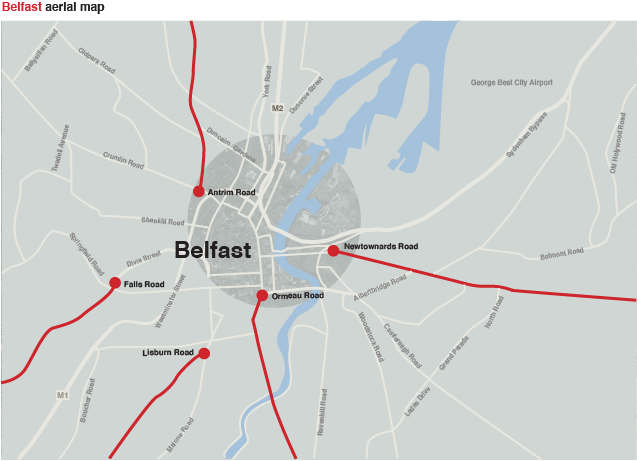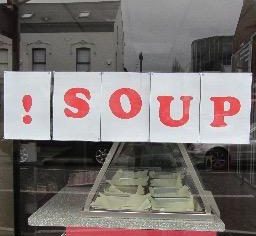About this website
‘Most of us take our surroundings for granted. We subconsciously scan the trees, the shop windows and other familiar landmarks as we make our way and we register a vague pleasure in the scene, or equally vague dislike. But our conscious relationship with it is by way of the things which take our fancy, or may affect us. Words especially get noticed for the latter reason, and because they convey information about the world we live in directly, unlike, say, the sky, which has to be interpreted’.
– Kinneir, J. (1980:7) Words and Buildings: The Art and Practice of Public Lettering. London: Architectural Press.
This website documents buildings and signs of Belfast, through an investigation spanning from 2010 to present day. The gallery pages show images taken on Belfast's arterial routes. The video gallery shows 0.5 km long photographic composites of the left and right hand sides of arterial routes of Belfast, animated for easy viewing. Research papers delve into research topics relating to signs of Belfast.
The value of signage to city spaces cannot be overestimated and to each city the types of signs observed are unique, related to that place and culture. If you want to know more about a place, just look at the signs, read the words, look at the colours, the typefaces, the materials used and consider where they are placed, why they are there, what they are telling you about that place.
Signage informs on location, directs to destinations and warns of dangers. While window displays may inform on the nature of goods sold in shops, or indicate services provided through visual cues, it is signage that designates, with surety, business purposes. People scan signs in order to find a café, or supermarket, clothes shop, dentist, doctor’s surgery or post office; whatever the needs of the individual, signage designates where these needs may be met.
But, more than this, signage can convey information about a place, it can reinforce a sense of belonging or indicate where one is an outsider to place. Wherever you see signage it tells you something of the underlying culture of place, so by looking at the signs you can learn much about place. The city, the place, for signs on this website, is Belfast, key arterial routes feeding into/out of the heart of the city. They tell us much about the city of Belfast. We hope this website may encourage you to look at your own city, your own places to see what you can observe there...what do the signs tell you about your places?
Architecture and town planning may create the built environment, but it is signage that informs reliably on the nature of urban places, signs ‘speak while doors and windows remain mute’. The traveller need only visit a place where the language on signage is foreign to them and cannot be read, to appreciate their communicative value. Without signage there would be an absence of information and environmental cues. There would be no directional signs to indicate where to go when searching for a place and no street names. Signage may also provide valuable socio-economic and cultural information about place.
It is on signage that language is represented, as the spoken word is given typographic form, created from a choice of letterstyles and materials, displayed at a range of sizes and executed in a range of colours – codes and conventions, likely to be understood by and meaning something to the people living in that place, representative of local discourses. As the traveller, the wayfarer, the 'flaneur' you too can observe, interpret, analyse these signs, bringing your own interpretation to what you see. Or even just look at them, become aware of them, enjoy them, apreciate their value and the work of the many creators, makers and messages of these signs. We often pass by them, are aware of them, but do not see them, yet they are worth seeing, worth observing and interpreting for their environmental cues...and, moreover, their contribution to society and place.

About the author
Dr. Ruth Brolly
PhD, AHEA, BA Hons, FRSA
Dr Ruth Brolly is a Researcher and Lecturer in Graphic Design and Illustration at Ulster University. Her research for the past decade has centred around signage, grafitti, murals, tags, flags and flagging on the built environment of Belfast. Ruth has published a PhD and number of research papers nationally and internationally on the visual graphic themes of Belfast. This core aim of this website is to provide a platform for a range of images from a vast photographic archive of the built environment of Belfast, taken by the author, from 2010 to present day. These images demonstrate the ever-evolving visual narrative of the city and intervention of people, ideologies and expression, on the city’s walls, streets and surfaces, to evidence how the city’s inhabitants play a key role in creating the ‘genius loci’ or ‘sense of place’ underpinning the semiotic landscape and unique visual character of Belfast.

View Published Research
View published research relating to Belfast's built environment and signage
View Recent Blog Posts
Blogs related to Signs of Belfast Research.
